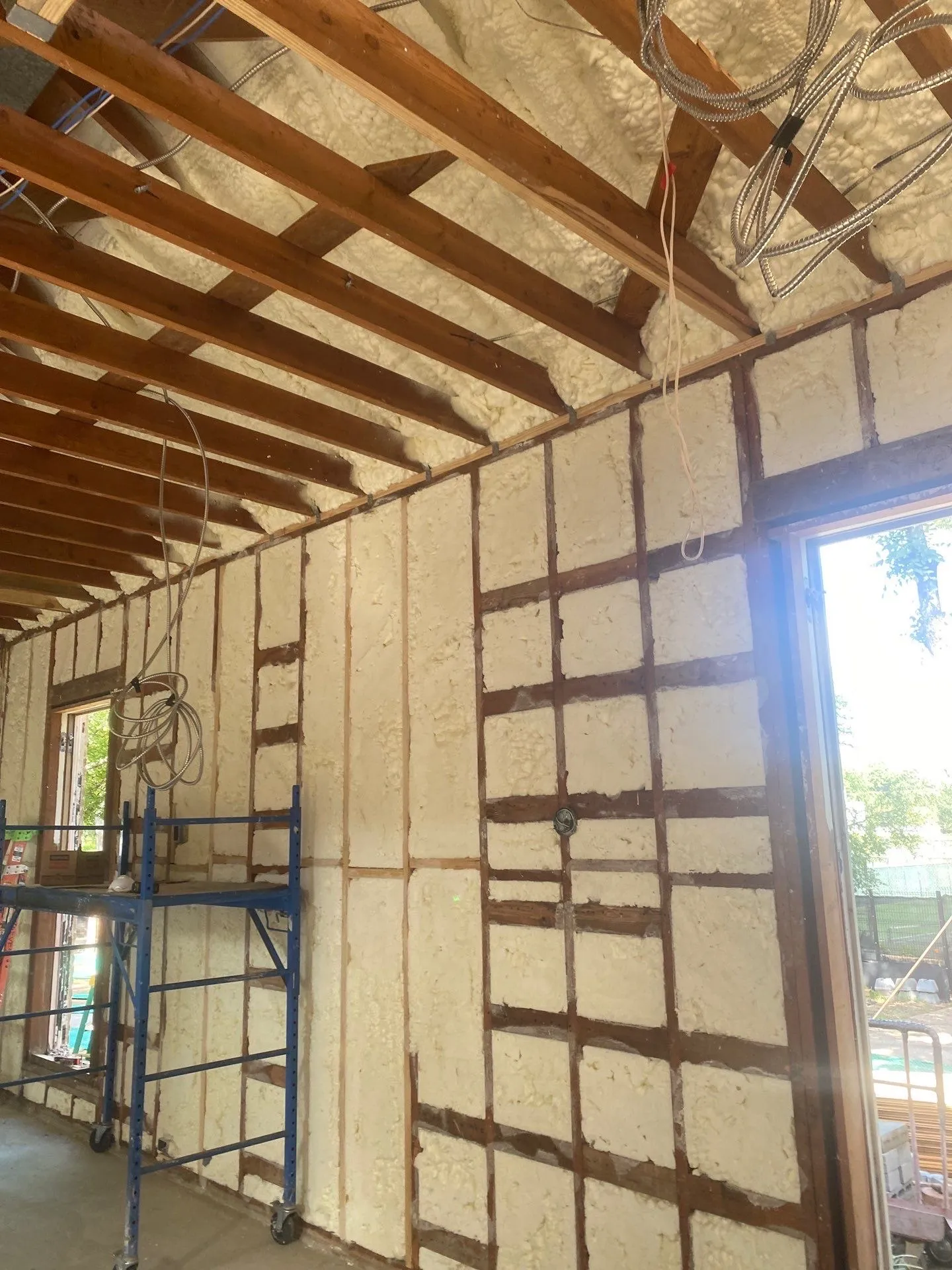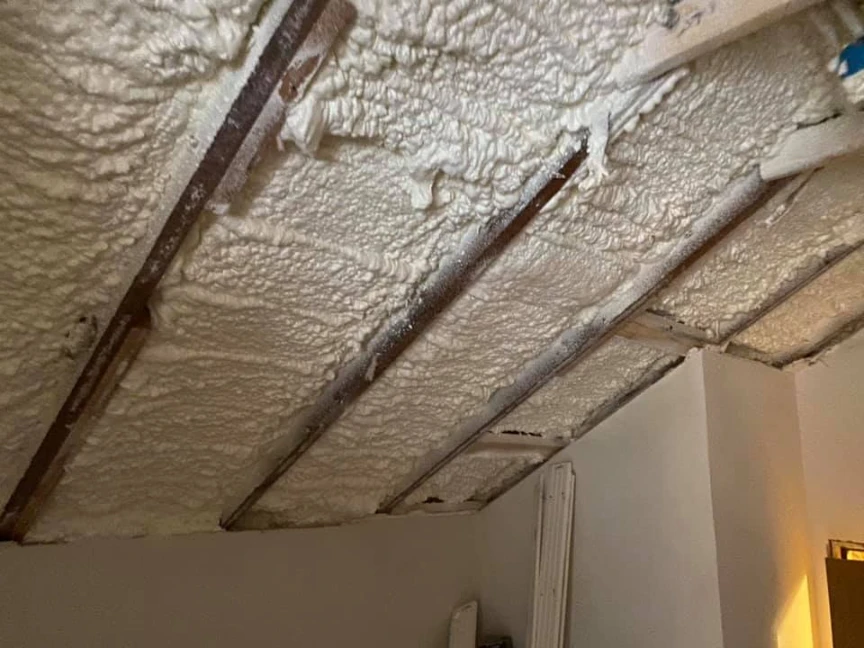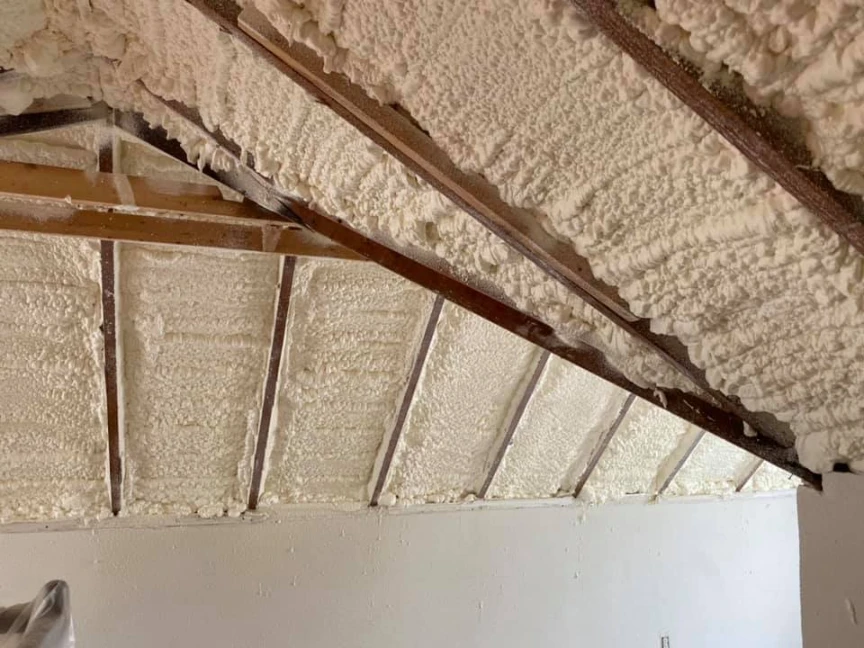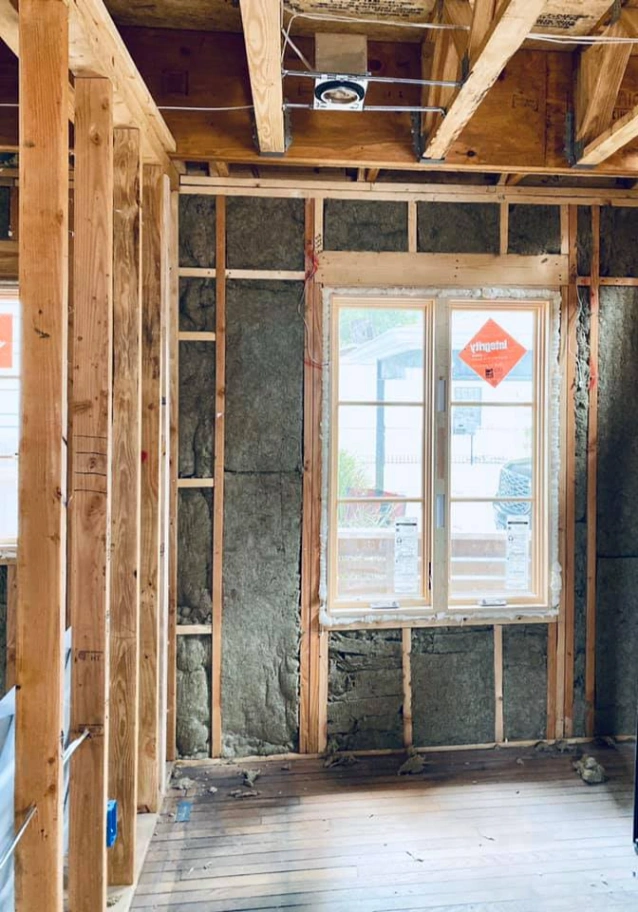A professional insulation system keeps indoor temperatures steady by blocking heat flow through walls, attics, and floors. In Bastrop, TX, where summers push temperatures above 100°F and humidity lingers, this setup stops hot air from sneaking inside during peak heat. It also traps warmth in winter, cutting down on the work your HVAC system does. Installers assess your home’s layout and seal gaps to create a tight barrier, which leads to consistent comfort year-round.
This guide breaks down the mechanics, local factors, and practical steps for effective insulation. To understand how these systems work, let’s start with the basics. Readers gain clear knowledge on setup options and outcomes based on real-world applications in similar Texas homes. Information draws from hands-on work with area properties, ensuring reliable advice tailored to regional needs.
Insulation Fundamentals
Insulation materials work by slowing heat transfer. Common types include fiberglass batts, cellulose, and spray foam. Each one suits different home structures and budgets. Fiberglass installs easily in attics, while spray foam fills odd spaces and seals air leaks better than loose-fill options.
R-value measures how well insulation in Bastrop, TX resists heat flow; higher numbers mean better performance. For Bastrop homes, aim for R-30 to R-49 in attics to handle the intense sun exposure. Walls typically need R-13 to R-21. Proper installation matters as much as the material—poor placement reduces effectiveness by up to 20%.
Bastrop’s Unique Climate Demands
Bastrop sits in Central Texas, facing long hot spells from May to September. Average highs reach 95°F, with humidity around 70%, making homes feel stuffier without good barriers. Winters bring occasional freezes, dipping to 30°F, so balanced insulation prevents both overheating and chill.
Local data shows Texas households spend about $1,800 yearly on electricity, much of it for cooling. A study from the U.S. Energy Information Administration highlights that air conditioning accounts for 19% of home energy use here. Effective insulation drops that load, easing strain on local power grids during summer peaks.
Bonus Tip: Check south-facing walls first; they absorb the most solar heat in Bastrop. Adding radiant barriers there can reflect up to 97% of sunlight, based on field tests in Texas climates.
Given these climate challenges, understanding the mechanisms behind insulation becomes essential for effective temperature control.
Mechanisms of Temperature Stability
Insulation creates a thermal envelope around your home. It reduces conductive heat—where warmth moves through solid materials—and convective heat from air currents. Sealing ducts and windows prevents infiltration, the sneaky entry of outside air.
In practice, a well-insulated attic keeps indoor air 20-30°F cooler than outdoors on hot days. HVAC systems then run shorter cycles, maintaining your set temperature without constant adjustments. Data from Energy Star indicates such systems cut cooling costs by 10-15% in hot regions like Texas.
Here’s a comparison of common insulation types for Bastrop homes:
| Insulation Type | R-Value per Inch | Best For | Cost Range (per sq ft) | Moisture Resistance |
|---|---|---|---|---|
| Fiberglass Batts | 2.9-3.8 | Attics, Walls | $0.40-$1.00 | Moderate |
| Blown-in Cellulose | 3.1-3.7 | Attics, Walls | $0.60-$1.20 | Good |
| Spray Foam (Closed-Cell) | 6.0-7.0 | Crawl Spaces, Rim Joists | $1.00-$2.50 | Excellent |
| Rigid Foam Boards | 3.8-5.0 | Foundations | $0.50-$1.50 | Very Good |
This table helps weigh options against local humidity, which can degrade some materials over time.
Energy and Cost Savings
Beyond comfort, insulation lowers utility bills. In Bastrop, where electric rates average 14 cents per kWh, reducing HVAC runtime pays off quickly. The U.S. Department of Energy reports that upgrading attic insulation in hot climates yields payback in 3-5 years through 15% energy savings.
Homes with professional systems also qualify for rebates; Texas offers up to $1,200 via federal programs for efficient installs. Long-term, this setup protects against rising energy prices, which increased 8% in Texas last year per state utility reports.
Bonus Tip: Measure your home’s air leakage with a blower door test before insulating. This identifies weak spots, ensuring the new system addresses real problems rather than just adding material.
Things to Consider Before Making a Decision
Assess your home’s age and construction. Older Bastrop houses, built before 2000, often lack modern seals and may need full retrofits. Newer builds might just require top-ups in key areas.
Budget plays a role—initial costs range from $1,500 for basic attic work to $5,000 for whole-home spray foam. Factor in energy audits to confirm needs; they cost $300-500 but reveal hidden inefficiencies.
Think about health impacts too. Good insulation cuts moisture buildup, reducing mold risk in humid Texas air. Finally, consider warranties—look for 25-year coverage on materials to safeguard your investment.
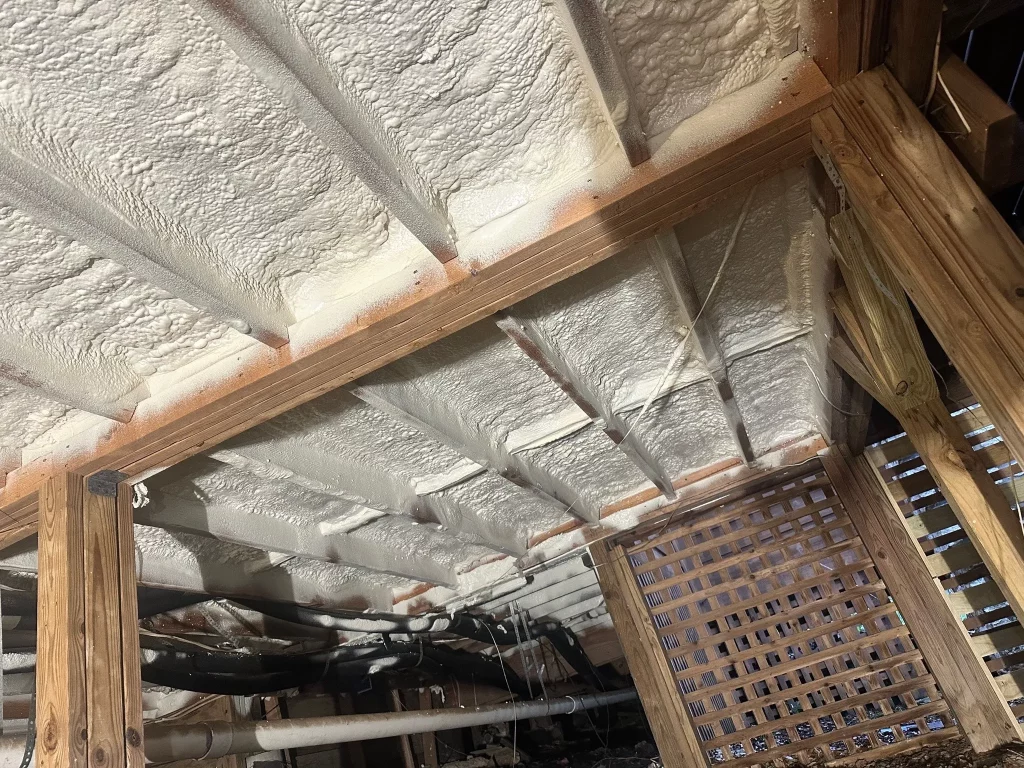
Common Questions
What signs show poor insulation?
Uneven room temperatures, high bills, or drafts near windows point to issues. Ice dams in winter or hot spots in summer confirm the need for upgrades.
How long does installation take?
A standard attic job wraps up in one day, while full-home systems span 2-3 days, depending on access.
Does insulation affect home value?
Yes, energy-efficient features boost resale by 5-7% in Texas markets, according to real estate analyses.
Bonus Tip: Schedule installs during cooler months to avoid working in Bastrop’s summer heat, which can complicate material handling.
Key Takeaways
Bastrop, TX professional insulation systems deliver steady temperatures by sealing heat paths and boosting efficiency. In Bastrop’s demanding climate, they tackle high heat and humidity head-on, leading to lower bills and better comfort. Evaluate your home’s current setup against these factors, review local energy patterns, and align choices with your budget and usage habits for lasting results.
Next Steps for Better Home Comfort
Homeowners in Bastrop ready to improve temperature control should start with an energy assessment. Contact Stellrr at (512) 710-2839 or info@stellrr.com to discuss options based on your property. This step connects you with tailored advice, ensuring the insulation fits your needs without excess spending. Early action now sets up reliable comfort through Texas seasons.
Frequently Asked Questions
How does insulation handle Bastrop’s humidity?
It prevents moisture migration by creating vapor barriers. Closed-cell foam excels here, resisting water better than fibrous types and keeping indoor air dry.
Can insulation reduce noise from outside?
Yes, denser materials like spray foam absorb sound waves, cutting traffic noise by 50% in tests on suburban homes.
Is professional installation necessary?
DIY works for simple batts, but pros ensure code compliance and maximize R-value, avoiding costly mistakes like compression that halves effectiveness.
What maintenance does insulation need?
Inspect attics yearly for settling or damage from pests. Most types last 20-50 years with minimal upkeep.
How much insulation is enough for a Bastrop attic?
Target R-38 minimum; add more if your roof has low ventilation to prevent heat buildup.
Sources
- U.S. Energy Information Administration – State energy profiles for Texas, providing data on household electricity consumption and cooling demands.
- Energy Star – Government-backed resource on insulation benefits, including energy savings percentages for hot climates.
- U.S. Department of Energy – Guide to insulation materials and R-values, with details on installation impacts and payback periods.


